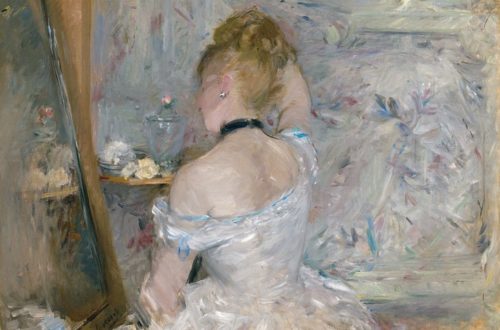The Warner House
I dragged three unwitting participants with me to the Warner House in Portsmouth, New Hampshire yesterday. My goal was to see a bedspread. Long on my unofficial bucket list was to view the Betsy Panhallow bedspread reproduced for this historic sea-faring house. The beautiful coverlet first came to my attention via Piecework magazine in 1997. It was recreated by a group of Portsmouth women based on Warner House letters and diaries written by some of the women that once lived there. I had read that the Warner House had closed for the season a week or so ago but I called and asked if someone would give an afternoon tour to my companions and I and an enthusiastic and knowledgeable docent was dispatched to greet us and show off the house.
I was also particularly interested in the ethereal portrait of Polly Warner, above, age 11. Many family members have occupied the Warner House from the 1700’s to the 1930’s, and it was difficult to keep track of the many ladies of the house so I am not quite sure who Polly was in the Warner lineage. But she certainly captured my heart with her pet bird on a ribbon and her serene face. The painting was wall-sized and Polly peered deeply into my eyes as I stared back into hers. She was painted by Joseph Blackburn, a famous English portraitist who excelled in painting women’s lace sleeves and elaborate dress textiles. He is especially well-known for capturing the beauty of shimmering silks, and was therefore, a favorite artist of fashionable women everywhere. I was quite dismayed to learn that sweet Polly died at age 20 in childbirth.
The house is extremely livable in that it doesn’t have the small low ceilings and narrow hallways one sees in early 18th century homes. There was an airiness and expanse to the rooms and foyers and often I would glance down at the wooden floor boards and imagine the long sweep of a woman’s skirt hem in flickering candlelight as she turned a corner from one of the many bedroom doorways that emptied into the large upstairs hall.
Eventually I spotted the lovely cream bedspread and viewed up close and personal the level of craftsmanship that goes into making such a beautiful thing. The knitting needles used must have been the very tiniest, the stitches so intricate and so abrupt in the turning and twisting pattern. As a knitter, I cannot imagine the time it must have taken to create such perfection and loveliness.
We moved onto the third floor where suddenly, my thoughts turned to Sara Crewe from The Little Princess and the cold attic existence she had to live when Miss Minchin banished her after Mr. Crewe was lost in the war. The only interest in the blunt rooms were the string of brass and iron bells flanking the top of one wall, very much like the ones in Downton Abbey’s opening credits. It was clear, these frigid echoing rooms belonged to the servants.
I passed on climbing the curved and narrow stairs to the cupola, especially when I spied a bat’s trap on the third step. Two of our party climbed the claustrophobic passage and were rewarded with a stunning view of Portsmouth Harbor and environs.






2 Comments
donna macdonald
I will put the Green Knowe books on my list Eva. Let me know if you need any info about your New England tour. Based on your comments to me, you have a real love of colonial America. You must come here!
Eva
Oh! Have you read the Green Knowe books? They were a childhood favourite of mine & that portrait reminds me of Linnet, one of the ghosts in the first book (The Children of Green Knowe, my favourite).
I loved this post; thank you for bringing us along on your visit. I'm hoping to go on a New England adventure in the upcoming year & perhaps I'll make it to that house as well.